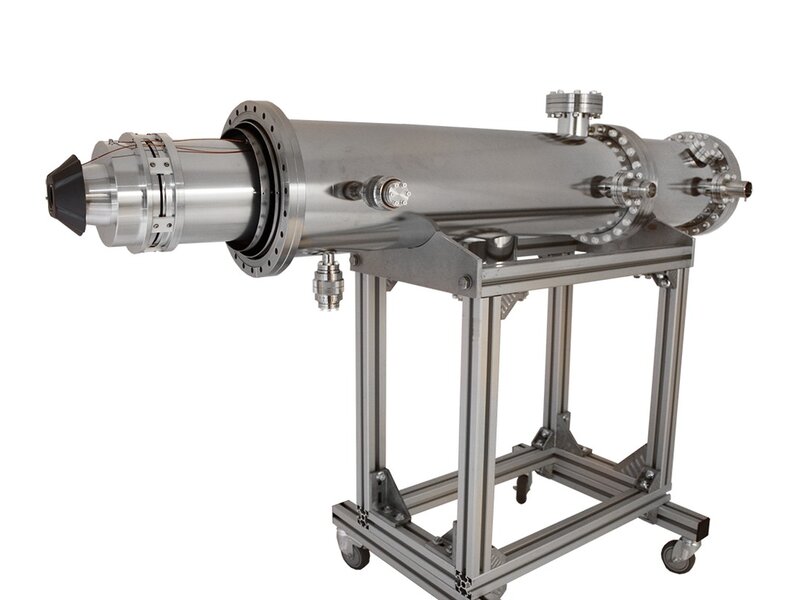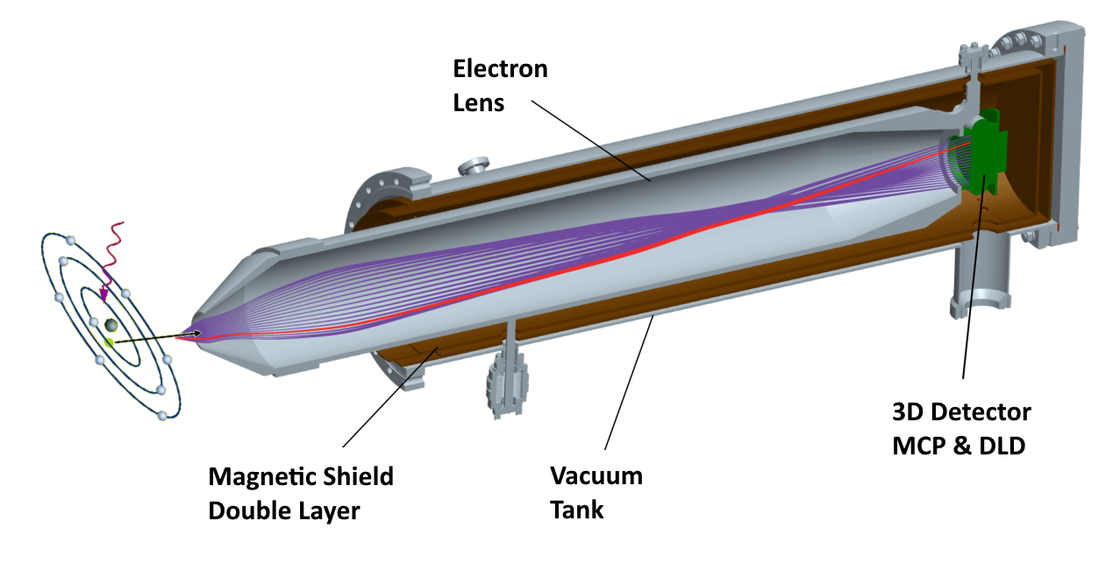ARTOF-2
Time of Flight ARPES Analyser for Maximum Transmission
- Lens design for outstanding detection efficiency
- Parallel full acceptance cone detection
- Angular resolution achieved by electron optical elements
- Larger energy windows with improved resolution
- Fast band mapping
- Improved pumping possibilities
The Scienta Omicron ARTOF 10k analyser marked a revolution in the field of angle-resolved photoelectron spectroscopy (ARPES) for pulsed photon sources with its parallel full cone detection and unchallenged transmission. The ARTOF-2 is a further development of the concept improving lens design and lens tables for time of flight experiments by achieving high transmission for the desired energy window only. It is especially suited for sources generating higher harmonics at relatively low repetition rates.
In contrast to traditional electron spectrometers the ARTOF analysers do not include entrance slits. Therefore, electrons are gathered in a complete cone, with energy and angular resolution. The maximum acceptance angle, with full detection, is ±15°. In this way two-dimensional band mapping experiments can be performed without sample rotation. Furthermore, the transmission is increased up to 250 times compared to traditional hemispherical electron analysers. Typical applications for the ARTOF-2 include time resolved and coincidence measurements, ARPES on radiation sensitive samples, and laser-ARPES with lower laser repetition rates.
More Information
ARTOF Photon Source Requirements
The ARTOF-2 can handle all repetition rates up to approximately 3 MHz. Even higher repetition rates can be used with special software treatment. The pulse duration will influence the energy resolution. Long pulses decrease the accuracy in determining the time of flight. On the other hand, very short pulses are less well defined in energy, due to the transform limit. The optimum pulse duration, depending on resolution requirements, ranges from hundreds of femtoseconds to about hundred picoseconds. Smaller spot size increases energy as well as angular resolution.
Time zero for the time of flight measurements is defined by a trigger signal from the laser or beamline. Any trigger source can be used as long as the ARTOF-2 and the excitation source are synchronised and that the trigger signals involved are well defined and have constant timing.
Specifications
13000
< 0.36 meV FWHM at 2 eV kinetic energy*
< 1.6 meV FWHM at 10 eV kinetic energy*
< 265 meV FWHM at 300 eV kinetic energy*
0.2 - 1000 eV
±7°, ±15°
< 0.06°
CRR: 2 %, 5 %, 10 %, 15 %, 20 %, 50 %, 100 %**
Delay-line detector
Approximately 3 MHz
*Calculated for 2 % energy window, ±15° angular mode, and 50 μm sample radius.
**Available in a limited kinetic energy range.
For full specifications and more information about product options, please do not hesitate to contact your local sales representative.
Find the contact details here: Contact Us
Results
Photodriven Transient Picosecond Top‐Layer Semiconductor to Metal Phase‐Transition in p‐Doped Molybdenum Disulfide
Visible light is shown to create a transient metallic S–Mo–S surface layer on bulk semiconducting p‐doped indirect‐bandgap 2H‐MoS2. Optically created electron–hole pairs separate in the surface band bending region of the p‐doped semiconducting...
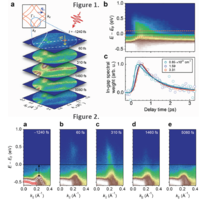
Time Resolved Photoinduced Phase Transitions in LaTe3 with an ARTOF Analyser
A. Zong and N. Gedik et al. investigated photoinduced phase transitions in LaTe3 with their time resolved (tr) ARPES setup using an ARTOF analyser. With the pump-probe scheme and a controlled time delay between photon pulses, tr-ARPES...
Downloads
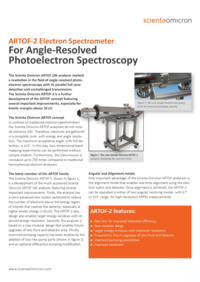
ARTOF-2 Electron Spectrometer: For ARPES
The Scienta Omicron ARTOF 10k analyser marked a revolution in the field of angle-resolved photoelectron spectroscopy (ARPES). Using time of flight (TOF) for energy dispersion and a precisely controlled electron lens system eliminates the need for an entrance slit as used in hemispherical analysers. This results in unrivalled high transmission, parallel full cone detection, and excellent energy resolution for typical ARPES energy ranges. The Scienta Omicron ARTOF-2 further improves the ARTOF concept on energy window width, resolution, and especially for kinetic energies above 10 eV. The high transmission of ARTOF-2 make it ideal for time resolved and coincidence experiments as well as radiation sensitive samples.
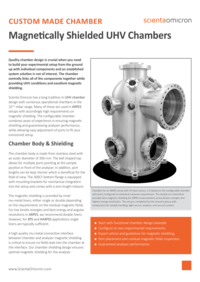
Custom Made Chamber: Magnetically Shielded UHV Chambers
Quality chamber design is crucial when you need to build your experimental setup from the ground up with individual components and an established system solution is not of interest. The chamber centrally links all of the components together while providing UHV conditions and excellent magnetic shielding.

